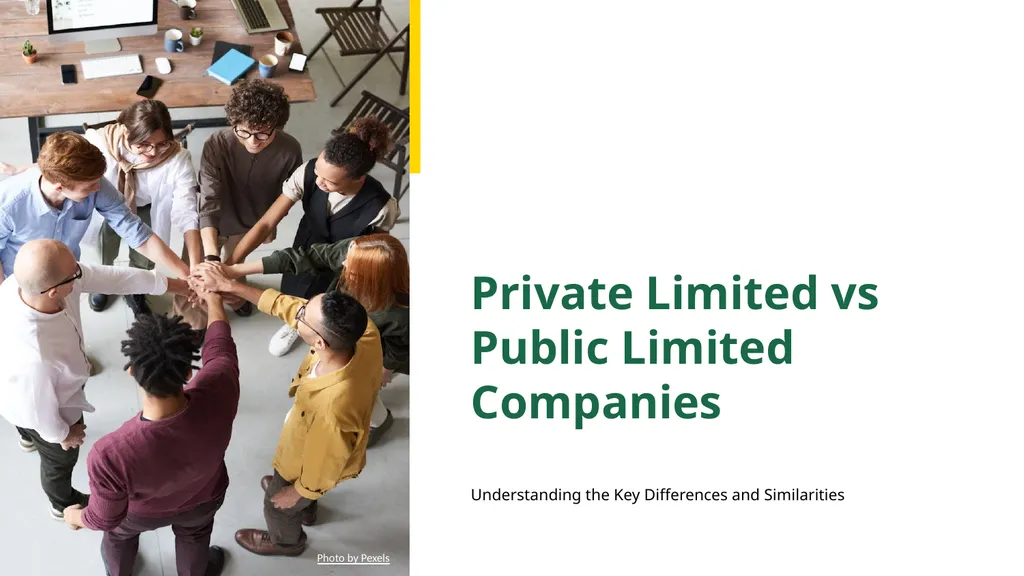
Private Limited vs Public Limited Companies
Author: celsa-spraggs | Published: 2025-05-29
Description: Private Limited vs Public Limited Companies Understanding the Key Differences and Similarities Photo by Pexels Table of Contents 01 Introduction to Company Structures 02 Private Limited Companies 03 Public Limited Companies 04 Key
Download Presentation
Download the PPT/PDF: Download
Transcript:
Loading transcript…